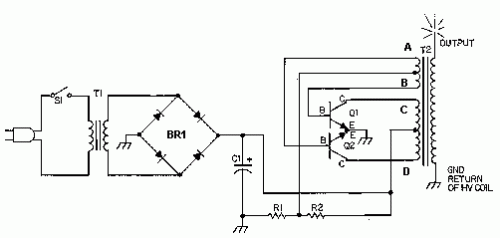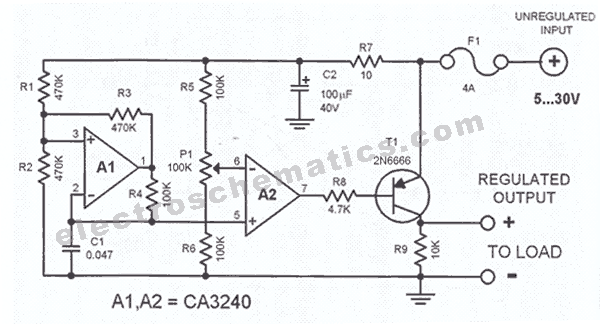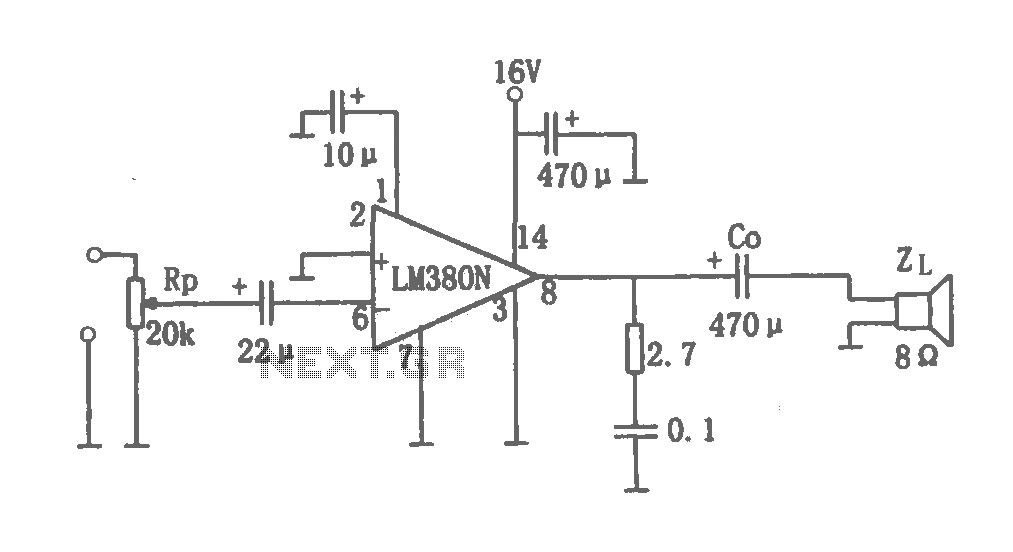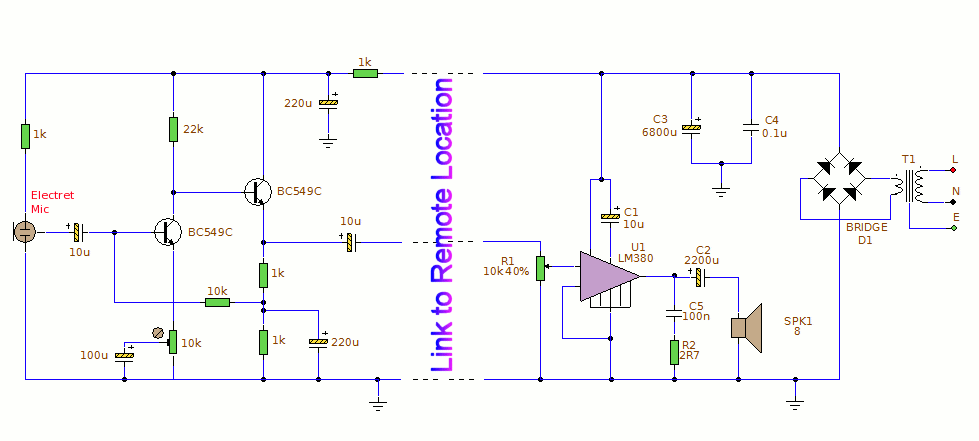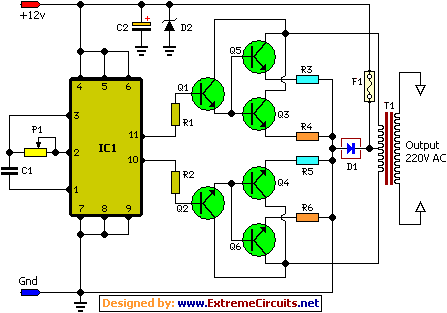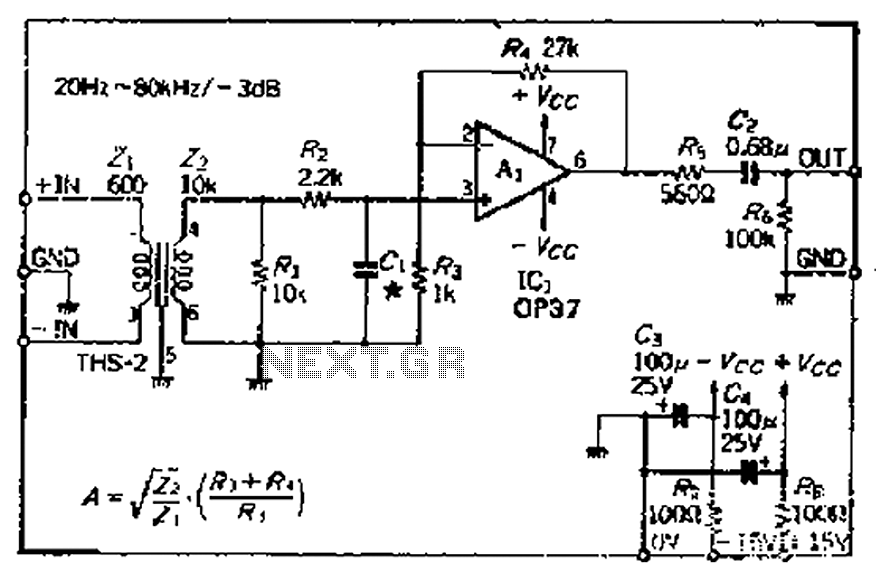
Capacitor Charging Circuit
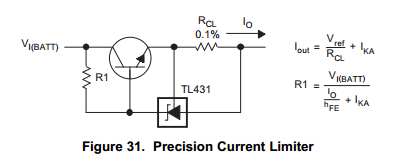
This Korean SuperCap OEM supports usage in series configurations. Consider whether the implementation will be manual or automatic, such as with a smart battery charger or a power fail backup circuit. It is essential to balance the voltage and provide protection against reverse polarity, overvoltage, and current limitations.
The design of a circuit utilizing this Korean SuperCap OEM in series requires careful consideration of several key factors to ensure reliability and safety. The series configuration allows for increased voltage capacity, making it suitable for applications that demand higher energy storage. However, balancing the voltage across each capacitor is crucial to prevent overvoltage conditions that could lead to capacitor failure.
To achieve voltage balancing, a resistor network or active balancing circuit can be implemented. This network will ensure that each capacitor in the series string maintains an equal voltage level, thus prolonging their lifespan and enhancing overall performance. Active balancing circuits can be more efficient, using small control circuits to monitor and adjust the voltage levels dynamically.
Protection against reverse polarity is another critical aspect of the design. This can be achieved using diodes that are placed in such a way that they prevent current from flowing in the wrong direction, thereby safeguarding the capacitors from damage. Additionally, incorporating overvoltage protection circuits, such as Zener diodes or voltage clamping devices, will provide an extra layer of security against voltage spikes.
Current limiting is also necessary to prevent excessive current from damaging the capacitors during charging or discharging. This can be accomplished using current sensing resistors in conjunction with a control circuit that regulates the charging current. A smart battery charger could be designed to monitor the state of charge and adjust the current accordingly, ensuring safe and efficient operation.
In applications like power fail backup circuits, it is essential to ensure that the charging circuit is designed to handle the specific requirements of the SuperCap. This includes selecting appropriate charging voltages and implementing a method for detecting when the power supply fails, prompting the backup circuit to engage seamlessly.
Overall, the integration of these protective and balancing measures will result in a robust circuit design capable of utilizing the Korean SuperCap OEM effectively in various applications, ensuring both performance and safety.This Korean SuperCap OEM has support for such use in series. Do you intend to do this manually or automatically like a smart battery charger or simply a power fail backup circuit. You need to balance the voltage and protect from reverse polarity and over voltage plus current limit.
🔗 External reference
The design of a circuit utilizing this Korean SuperCap OEM in series requires careful consideration of several key factors to ensure reliability and safety. The series configuration allows for increased voltage capacity, making it suitable for applications that demand higher energy storage. However, balancing the voltage across each capacitor is crucial to prevent overvoltage conditions that could lead to capacitor failure.
To achieve voltage balancing, a resistor network or active balancing circuit can be implemented. This network will ensure that each capacitor in the series string maintains an equal voltage level, thus prolonging their lifespan and enhancing overall performance. Active balancing circuits can be more efficient, using small control circuits to monitor and adjust the voltage levels dynamically.
Protection against reverse polarity is another critical aspect of the design. This can be achieved using diodes that are placed in such a way that they prevent current from flowing in the wrong direction, thereby safeguarding the capacitors from damage. Additionally, incorporating overvoltage protection circuits, such as Zener diodes or voltage clamping devices, will provide an extra layer of security against voltage spikes.
Current limiting is also necessary to prevent excessive current from damaging the capacitors during charging or discharging. This can be accomplished using current sensing resistors in conjunction with a control circuit that regulates the charging current. A smart battery charger could be designed to monitor the state of charge and adjust the current accordingly, ensuring safe and efficient operation.
In applications like power fail backup circuits, it is essential to ensure that the charging circuit is designed to handle the specific requirements of the SuperCap. This includes selecting appropriate charging voltages and implementing a method for detecting when the power supply fails, prompting the backup circuit to engage seamlessly.
Overall, the integration of these protective and balancing measures will result in a robust circuit design capable of utilizing the Korean SuperCap OEM effectively in various applications, ensuring both performance and safety.This Korean SuperCap OEM has support for such use in series. Do you intend to do this manually or automatically like a smart battery charger or simply a power fail backup circuit. You need to balance the voltage and protect from reverse polarity and over voltage plus current limit.
🔗 External reference
